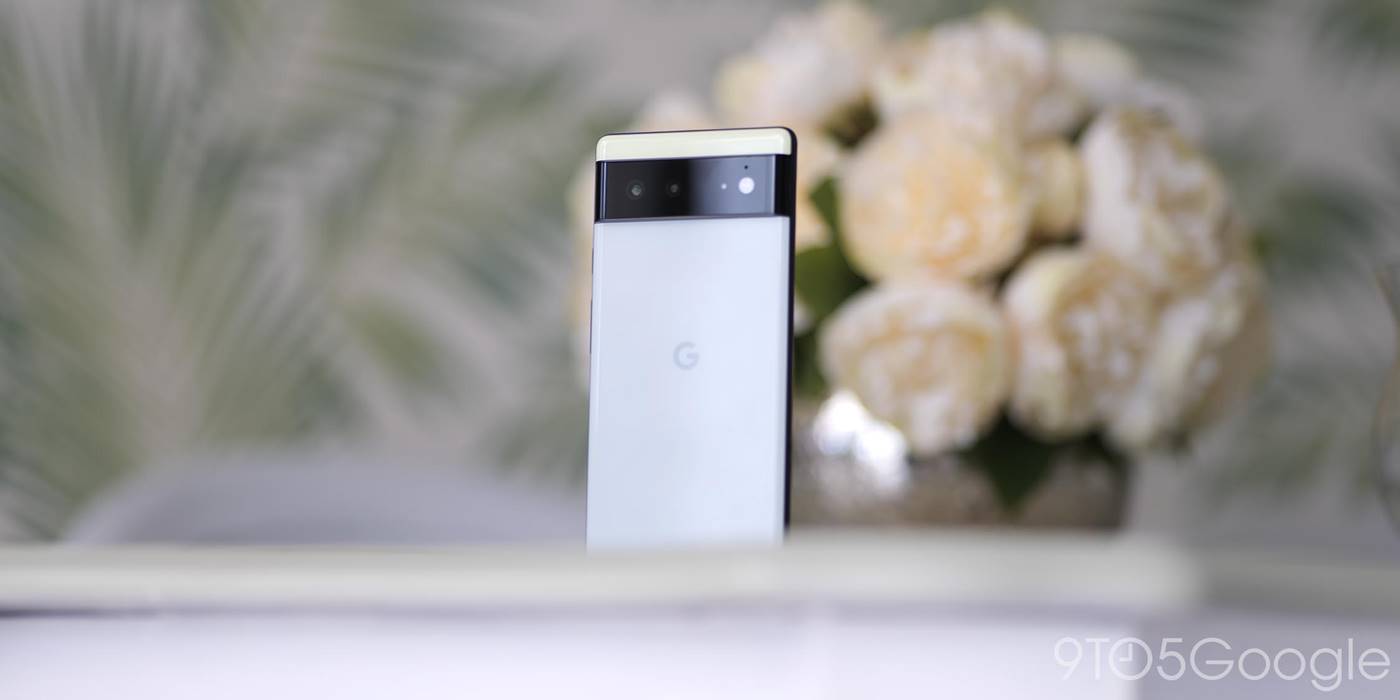
While the Android ecosystem as a whole has been getting better about long-term support and the speed of updates, EU lawmakers are now pushing for a set standard for Android updates that just so happens to mirror what Google offers on the Pixel 6.
A draft regulation currently on the table in the EU looks to establish “ecodesign requirements for mobile phones, cordless phones, and slate tablets.” The inspiration for the regulation comes from the speed at which smartphones and similar devices are left behind by buyers, which can often lead to e-waste.
According to the Commission’s findings around this new regulation, extending the lifespan of these devices from the current 2-3 years up to five years would be the equivalent of taking up to five million cars off the road.
How does this regulation intend to push towards that goal? Firstly, by establishing a minimum term for software updates. For an Android phone, this would apparently be three years of major updates (i.e. Android 13, 14, etc.) and five years of security patches, at least for devices sold in the EU. This would certainly be a huge boost to the Android world, as the current lifespan of many devices falls far short of that timeline.
Google’s Pixel 6 matches the EU’s proposed requirements exactly, but it wasn’t always that way. Previously, Google offered just three years of updates in total, security patches included. Samsung offers four years of major updates and five years of security patches, but it’s not a consistent offer – the company’s more affordable devices often get shorter support lifetimes and less frequent updates. Meanwhile, brands such as OnePlus have been known to all-but-abandon devices after just one major update, and there are many budget devices that have no set timeline for receiving updates.
- Everything you need to know about Android updates on Google Pixel
- Everything you need to know about Android updates on Samsung Galaxy devices
Beyond just extended software support, the EU is also pushing for brands to offer repair parts and services for at least five years after a device goes on sale. As ArsTechnica points out, these “professional” repair services would have access to battery, display, camera, charging port, buttons, microphones, speakers, and hinges for foldable devices too.
Perhaps even more interesting is the proposal around batteries. The draft offers manufacturers a choice to either meet strict standards for battery longevity or bring back easily replaceable batteries as many older Android phones offered.
Batteries that meet the EU’s requirements would have to retain at least 83% of rated capacity after 500 charge cycles, and 80% after 1,000 cycles. Apple claims iPhone batteries hold about 80% of their rated capacity after 500 charge cycles, but more Android manufacturers don’t make a claim in this regard. OnePlus does claim that the OnePlus 10T can retain 80% capacity at 1,600 charge cycles.
The EU has been pushing for long-term support for smartphones in a number of ways before this current proposal. Recently, USB-C was made a requirement in all smartphones starting in 2024, and Germany was even pushing last year for smartphones to be supported for seven years after launch.
Still, it would be a little while before this proposal could actually come to fruition. Feedback will be taken through September 28, with potential adoption as soon as Q4, and a one-year wait for anything to actually take effect. If this were to take effect in the EU, it would likely expand to many devices sold globally.
More on Android:
- Opinion: Android’s update problem fails the Pixel 3 and other phones on security, not features
- Samsung brings four years of Android updates to Galaxy S22, S21, Flip 3, and Fold 3
- Pixel 6 and Pixel 6 Pro stick with 3 years of major OS updates, 5 years of security
FTC: We use income earning auto affiliate links. More.




Comments